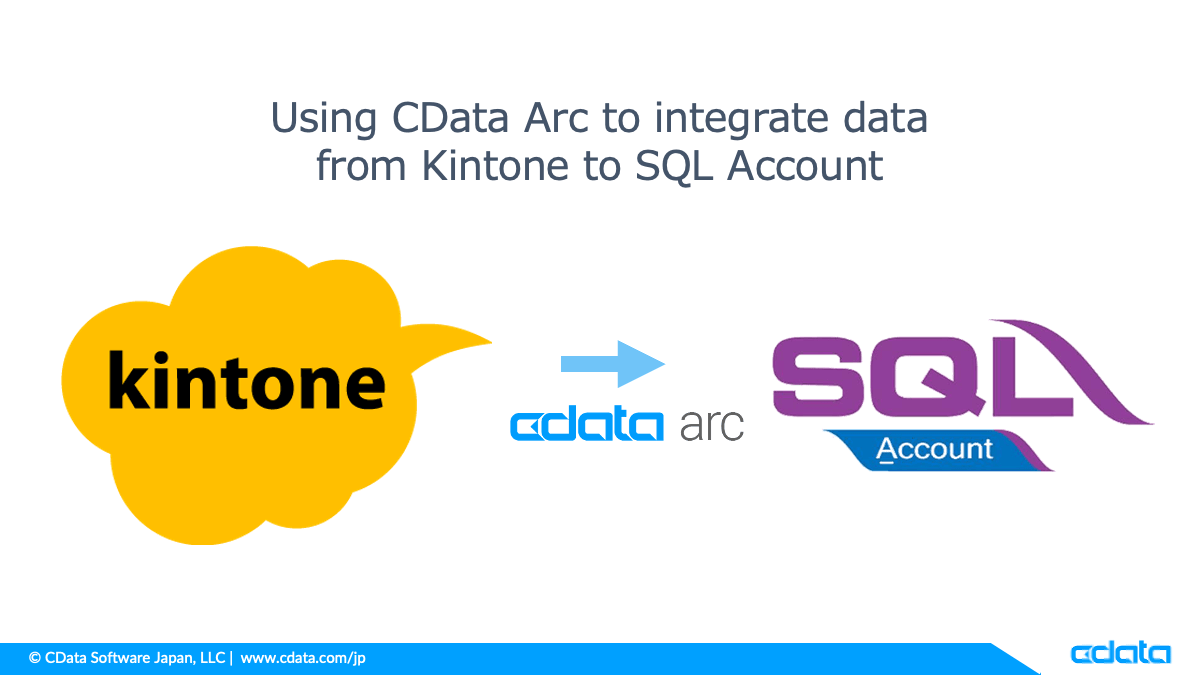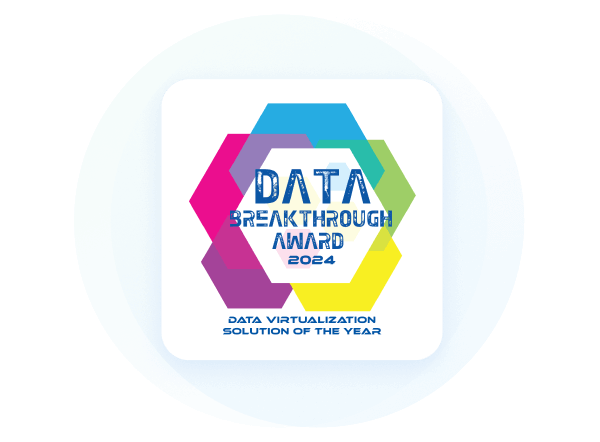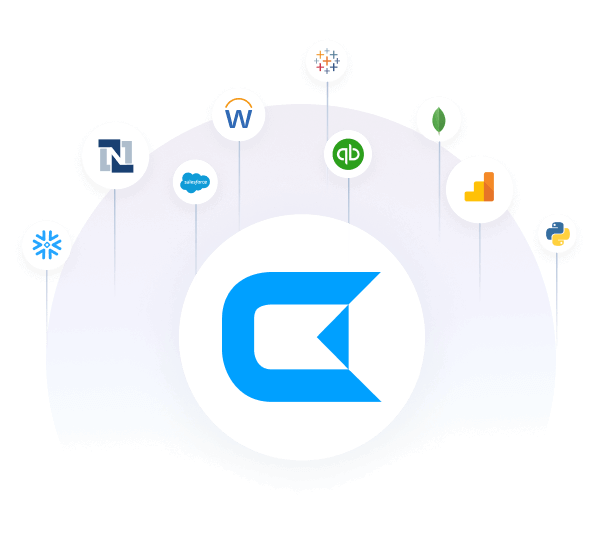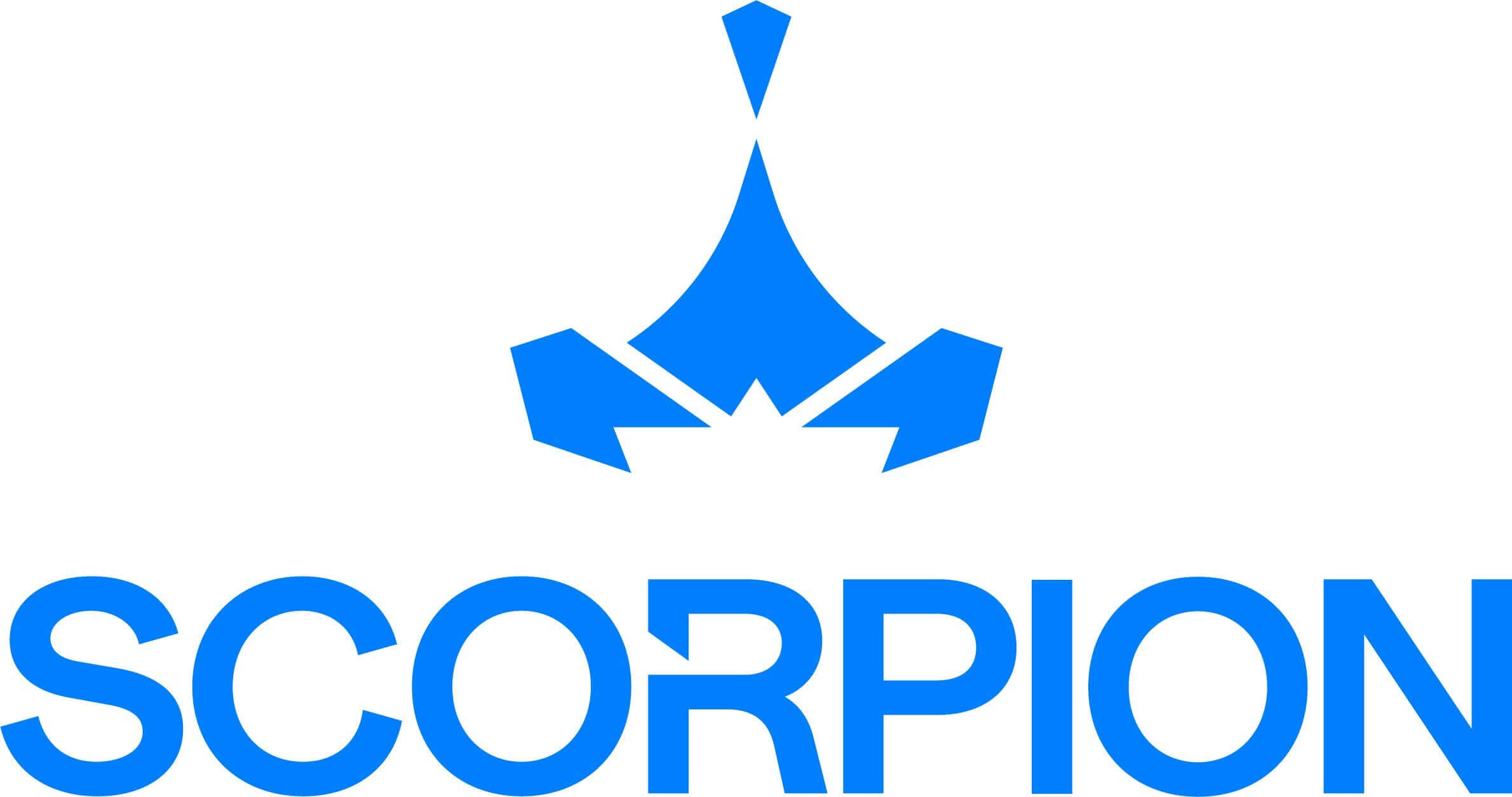Discover how a bimodal integration strategy can address the major data management challenges facing your organization today.
Get the Report →CData Software - Knowledge Base
Latest Articles
- Replicate Data from Multiple Files in an Amazon S3 Bucket Using CData Sync
- Replicate Data from Multiple Local Files Using CData Sync
- Driver Guide: Marketing Analytics Predefined Reports
- Displaying Data from Related Tables Using Angular with Connect Server
- Deploying CData Sync in a Kubernetes Environment
- Excel Add-In Getting Started Guide
Latest KB Entries
- Jetty Security Notice Overview
- Upsert Salesforce Data Using External Id in SSIS
- NuGet Repository Overview
- SAP Drivers Overview
- Embedded Web Server (.NET) - Potential Medium Security Vulnerability
- Configuring Incremental Replication in CData Sync
ODBC Drivers
- [ kb ] How to Replicate Data Between MySQL and SQL Server ...
- [ article ] Using Microsoft Query in Excel to Connect to ...
- [ article ] Connecting to ODBC Data Sources in Google Apps ...
- [ article ] A Comparison of Database Drivers for MySQL
JDBC Drivers
- [ article ] Configuring the CData Query Federation Driver
- [ article ] Use the CData JDBC Driver for Salesforce in ...
- [ article ] Use SQL with the CData JDBC Driver for Twitter to ...
- [ article ] A Comparison of JDBC & ODBC Drivers for ...
SSIS Components
- [ article ] Perform API Operations Using the CData SharePoint ...
- [ article ] Import Salesforce Data into SQL Server using SSIS
- [ article ] Connect SharePoint to SQL Server through SSIS
- [ kb ] How to Replicate Data Between MySQL and SQL Server ...
ADO.NET Providers
- [ article ] A Performance Comparison of Drivers for NoSQL
- [ article ] Connect Salesforce to SQL Server through SSIS
- [ kb ] FAQ: Licensing and Deploying Builds of Finished ...
- [ article ] Using the CData Data Providers with the DevExpress ...
BizTalk Adapters
- [ article ] Configuring a Receive Location for the CData ...
- [ article ] How to Generate Updategrams with the CData BizTalk ...
- [ article ] Standards-Based Access to NoSQL Data Sources
- [ article ] Configure a One-Way Send Port for the CData ...
Excel Add-Ins
- [ article ] Bill an Invoice with the CData Excel Add-In for ...
- [ article ] Excel Spreadsheet Automation with the CDATAQUERY ...
- [ article ] Excel Add-In Getting Started Guide
- [ article ] Transfer Company File Data using the CData Excel ...
API Server
- [ article ] Connect to Nonstandard OData Services
- [ article ] API Server Cloud Tunneling Capabilities
- [ article ] Edit and Search NetSuite External Objects in ...
- [ article ] Host the API Server on Heroku
Data Sync
- [ article ] Configuring Clustering for CData Sync
- [ kb ] CData Sync Truncation Errors
- [ kb ] How to Replicate Data Between MySQL and SQL Server ...
- [ article ] Replicate Data from Multiple Local Files Using ...
Windows PowerShell
- [ article ] Start and Stop Windows Services Using the CData ...
- [ article ] PowerShell Cmdlets Getting Started Guide
- [ article ] Query Google Calendars, Contacts, and Documents ...
- [ article ] Reconciling Authorize.net Transactions with ...






